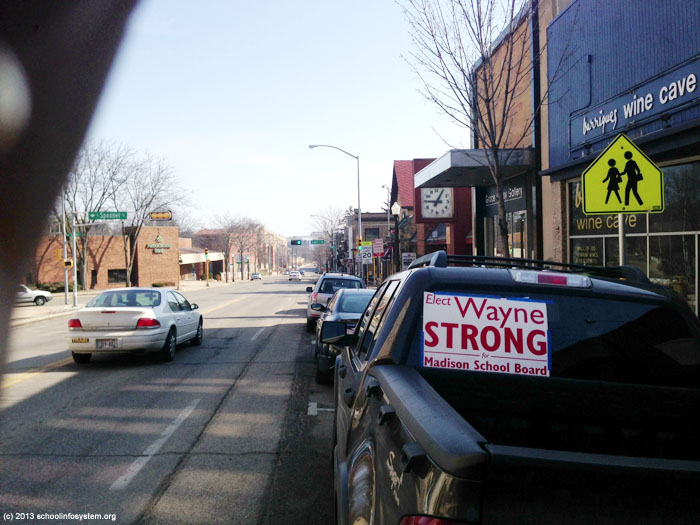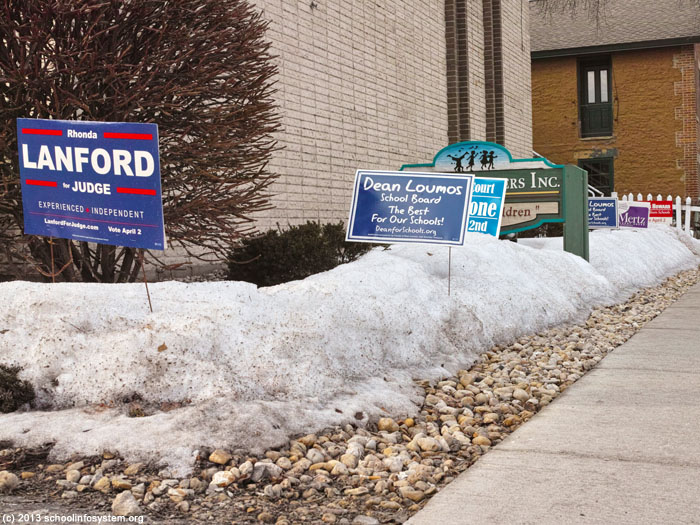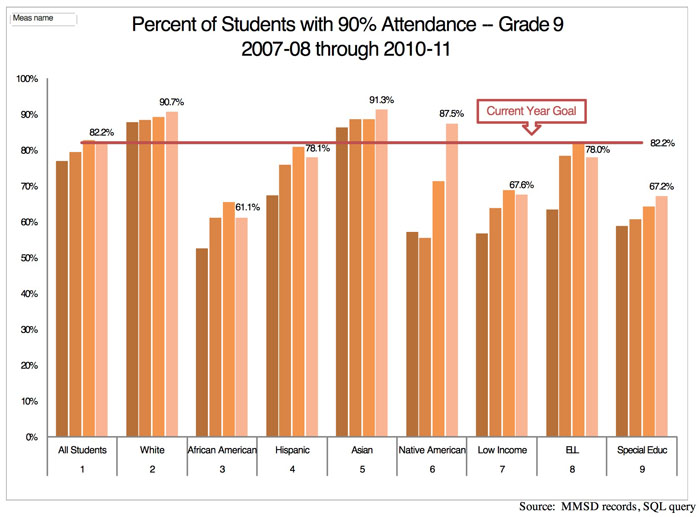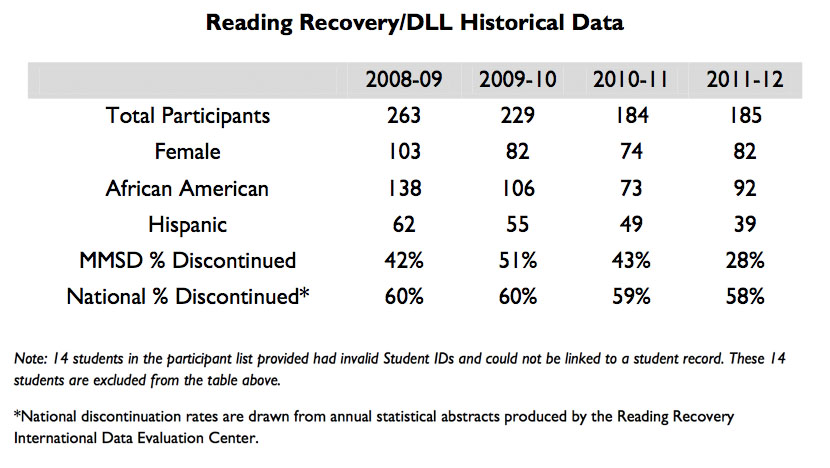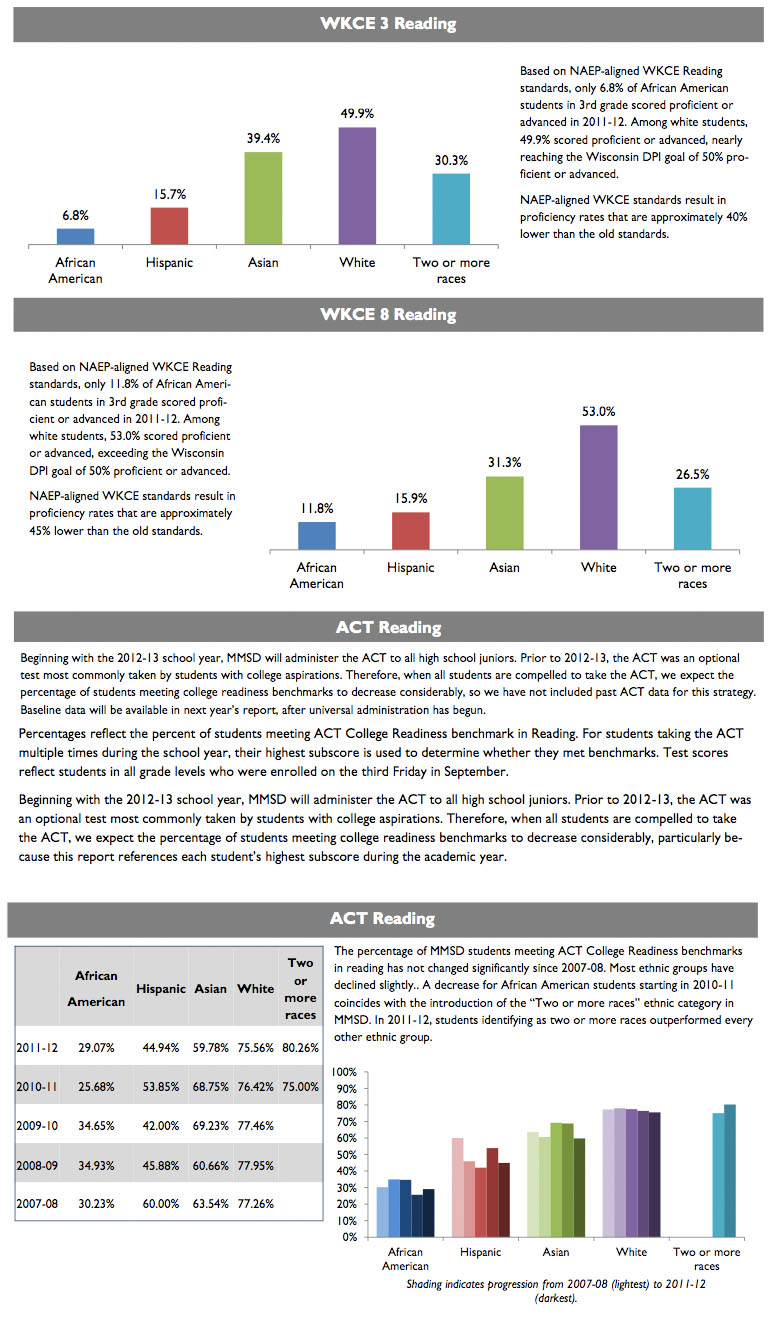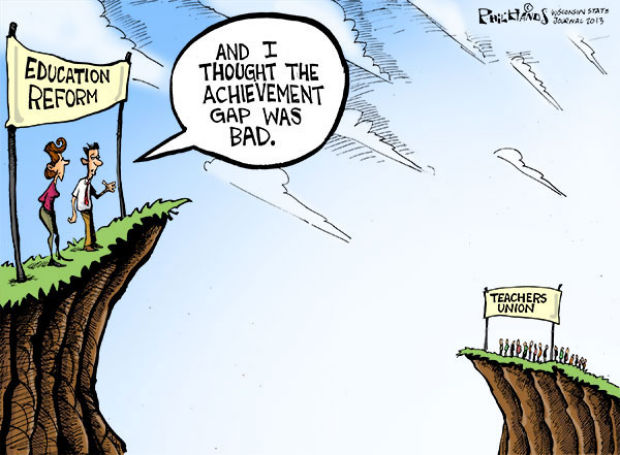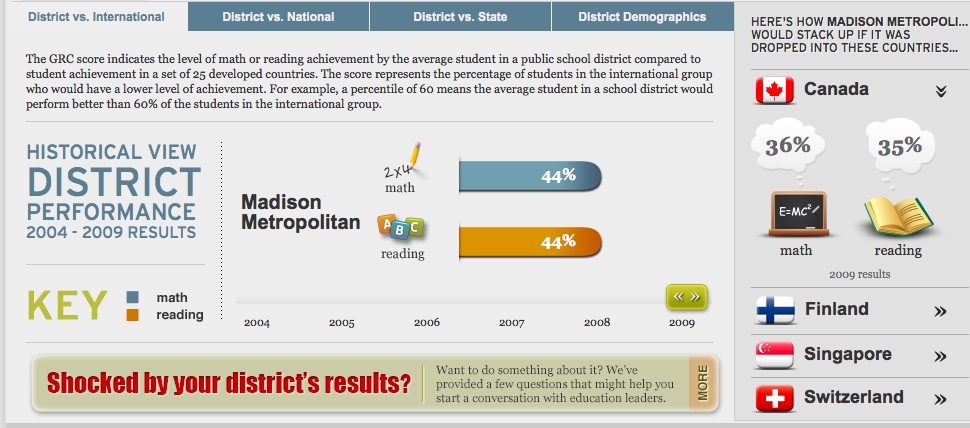Madison School Board Seat 5 Candidate TJ Mertz Sued Twice for Unpaid Utility Bills by WKOW TV.
Missed Campaign Finance Filings: Paging Sarah Manski: You can’t leave for California just yet by David Blaska.
Sarah Manski keeps Nan Brien out of court; reports lots of Green by David Blaska:
She blew through Monday’s campaign finance reporting deadline as blithely as she ran – and then quit – her race for Madison School Board. (“Paging Sarah Manski: You can’t leave for California just yet.”) But Sarah Manski has finally made an honest woman of her treasurer and protector of the union-dominated old guard, Nan Brien.
(The former school board member, nemesis of public schools chartered to address the racial achievement gap, told WKOW TV-27 that her role as treasurer was only as a figurehead. Like Sgt. Schultz, so many in Madison are saying about the Manski campaign: “I knew nothing!”)
The Manski fundraising report filed Friday – four days late – reveals quite the haul in just a few weeks for a local race: $7,733 since Feb. 5 for a race that she ended two days after the Feb. 19 primary election. That makes a total of $11,136 since entering the race in December. That’s a lot of Green! As in very Green green.
Now, if Sarah had been a conservative instead of a professional Walker stalker (see: Wisconsin Wave), The Capital Times would have staged one of its pretend ethics meltdowns about the evils of out-of-state money. An example of their situational ethics is “Pat Roggensack’s out-of-state cash”:
Wisconsin Supreme Court Justice Pat Roggensack makes little secret of her ideological and partisan alliances. And most of [her] money is coming from outside Wisconsin.
You want “outside Wisconsin”? How about St. Louis, Mo.; Lansdale, Pa.; N. Hollywood, Calif.; Edina, Minn.; Mishakawa, Ind.; Vancouver, Wash.; Kensington, Md.; Palo Alto, Calif.; New York, N.Y.; Port Orford, Ore.; Flossmoor, Ill.; Sheffield, Mass.; Orange, Calif.; Syracuse, N.Y.; Chevy Chase, Md.; Charleston, S.C.; Chicago, Ill.; Corvallis, Ore.; Saratoga Springs, N.Y.; Redlands, Calif.; Charlotte, N.C.; Austin, Texas; Los Angeles, Calif.; Tampa, Fla.; Boulder, Colo.; San Bernardino, Calif.; Detroit, Mich.; Santa Fe, N.M.; Seattle, Wash.; Carmel, Calif.; Houston, Texas; Philadelphia, Pa.
That is only a partial list of postmarks for “Manski for Wisconsin,” as her Madison School Board campaign was grandiosely named. Yes, when it comes to “outside cash,” John Nichols’ protégés get a pass. Manski collected 107 contributions in the latest reporting period, of which only 32 bore a Madison address, including: MTI boss John Matthews, $50; Mayor Soglin aide Sarah Miley’s husband, $100; and of course, Marj “Somebody Good” Passman, $50.
T.J. Mertz: How did Act 10 prevent you from paying your electric bill, and what about your conflict of interest? by David Blaska
Blaska’s Bring It! finds that Mertz’s spouse, Karin Schmidt, is employed by the Madison Metropolitan School District as a special education assistant at Madison West High School. That necessitates that Mertz recuse himself on such important votes as teacher and staff salary, benefits, working conditions, length of school day and year.
The odd thing is that nowhere on his campaign website does Mertz refer to his wife. He mentions two sons but no spouse. Why is she The Woman Who Must Not Be Named?
“No particular reason why she is not listed there,” Mertz told me today. Seriously? And what about the obvious conflict of interest?
“If elected, I will recuse myself as advised by district legal staff,” Mertz told this blog. I asked what would trigger a recusal. He responded, “As to recusals, I don’t know. I will take the legal advice of the district counsel. You could ask her; I have not yet, as it is not appropriate for her to be giving advice to a candidate.”
Really? You’re running for school board but you don’t know when and on what you can vote?
I have posed the conflict-of-interest issue to MMSD legal staff as well as to the Wisconsin School Board Assn. This being the Easter weekend holiday, answers may not be forthcoming before the election. However, Mertz supporter Bill Keys, the former school board president who banned the Pledge of Allegiance at Madison schools, a year ago declared that school board candidate Nichelle Nichols “will be unable to work fully with her colleagues,” because she was a Madison Urban League employee:
When I served on the board, our attorney instructed me to avoid Madison Teachers Inc. negotiations and not even be in the room during discussions. As a retired teacher, I benefited only from the life insurance policy provided by the district. Even so, discussions or votes on MTI benefits would violate state law.

